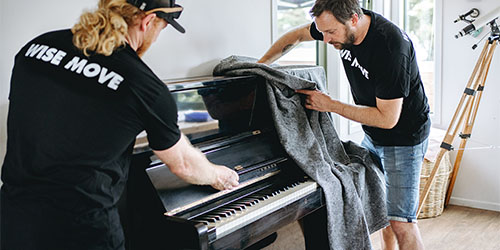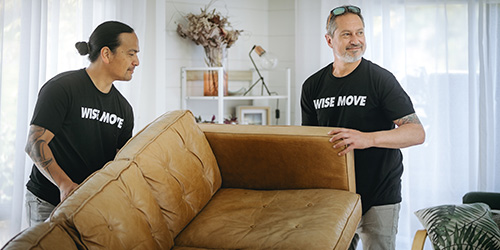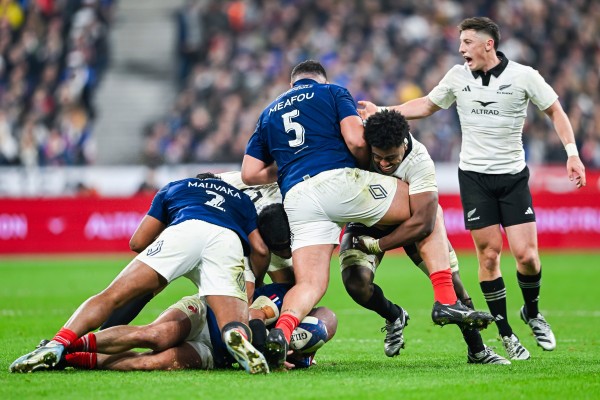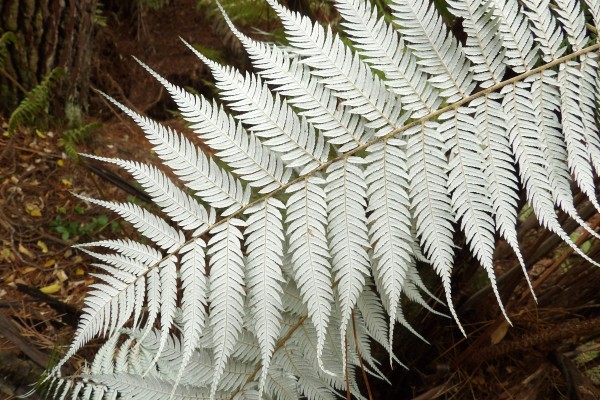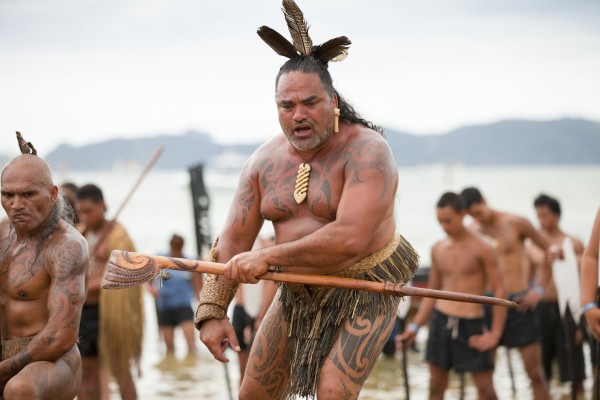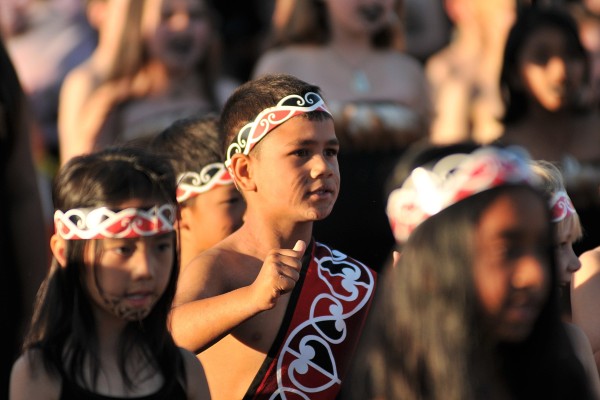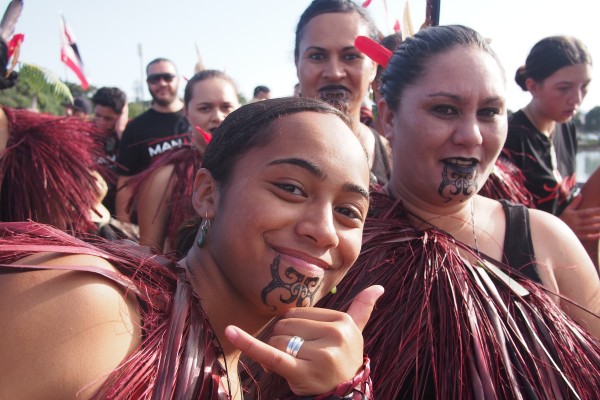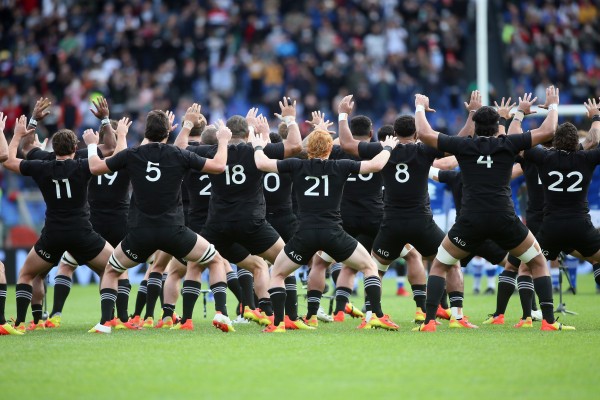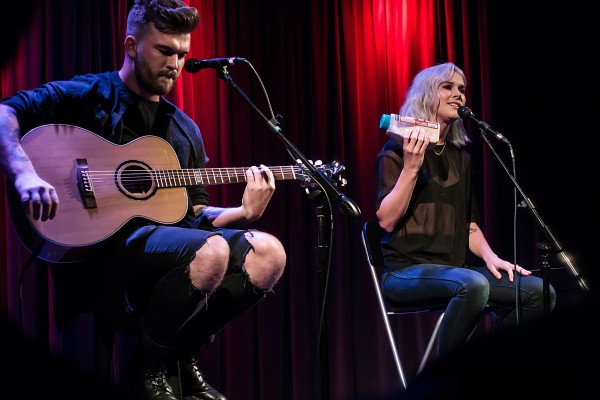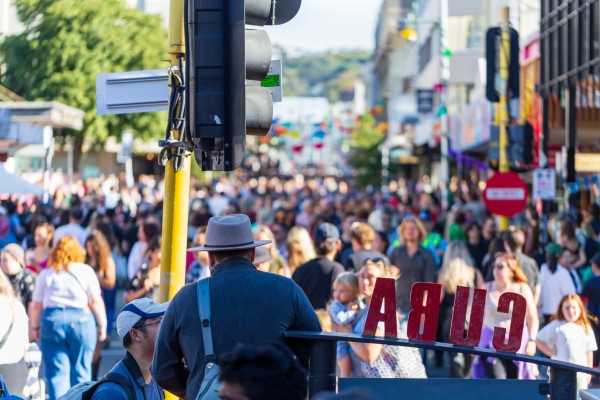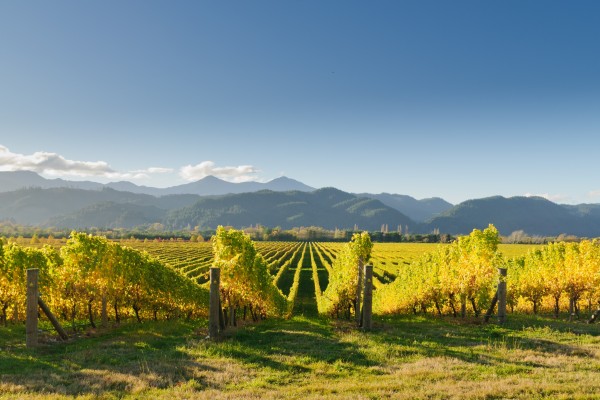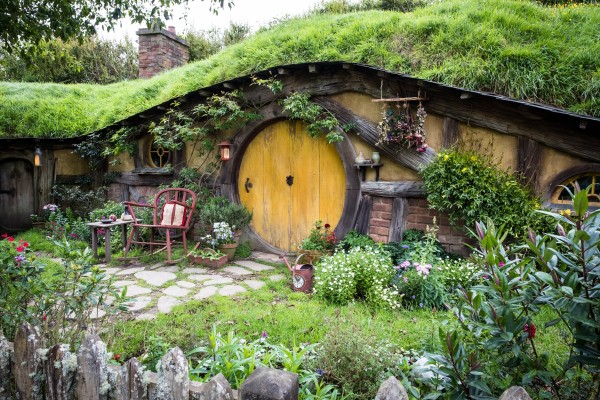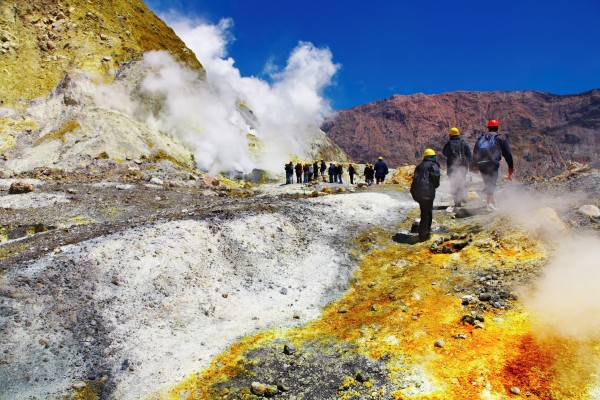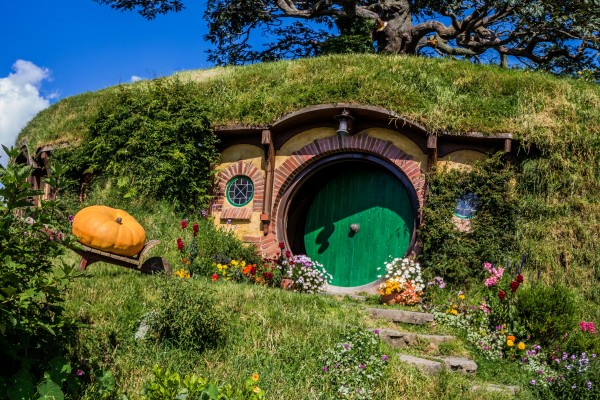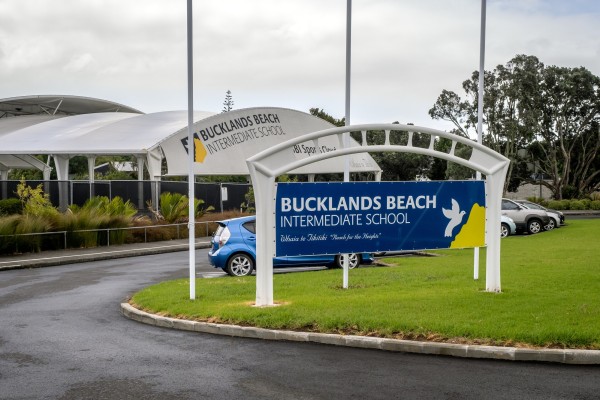New Zealand's Rugby Obsession: From the All Blacks to Grassroots Clubs

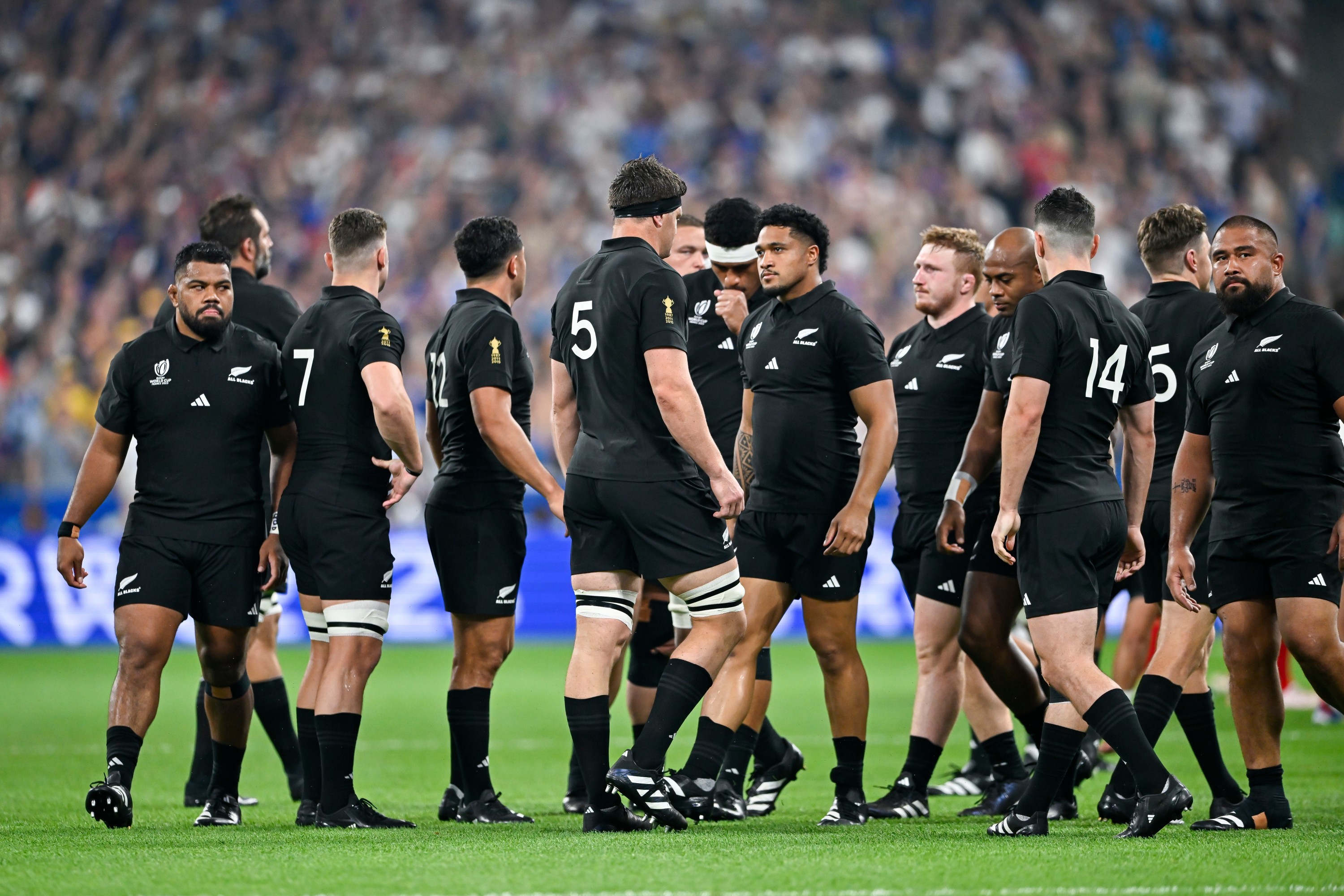
The New Zealand rugby team, the All Blacks, have already set a record by making it into their fifth Rugby World Cup final in 2023, regardless of whether they win or lose.
Fans of the All Blacks will know that they are one of the world’s most successful sports teams and, since their beginnings, have outperformed their competitors time and again.
But what is it that makes this small island nation a force to be reckoned with on the pitch? We explore New Zealand’s rugby obsession, from grassroots clubs to the mighty All Blacks, to find out what sets them apart from other teams.
The history of rugby in New Zealand
The early days
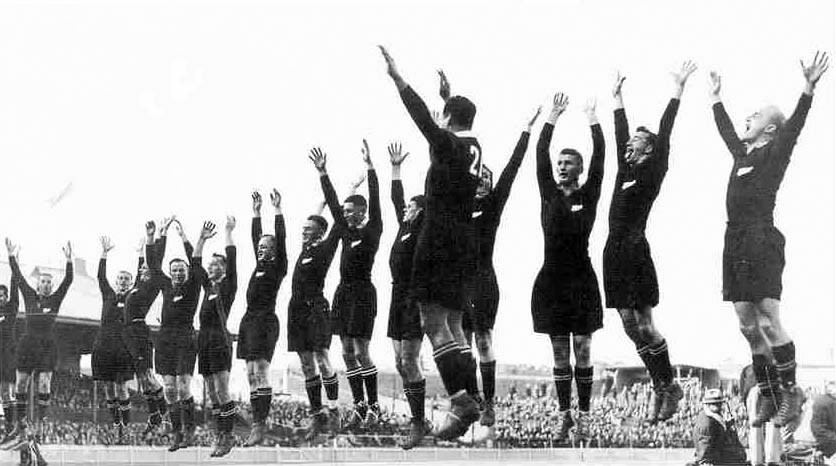
North American and European visitors to New Zealand may be surprised to learn that New Zealand is a sports-mad nation. However, rugby, not soccer, is the national sport in Aotearoa. In fact, rugby coverage runs on television throughout most of the year.
The National Provincial Championships include rugby teams at the provincial level. The Super League includes teams from New Zealand, Australia, South Africa and Argentinian regions. Then, of course, comes international competitions like the Bledisloe Cup, the Tri-Nations and the occasional international game between our Northern hemisphere rivals. But, how and why did rugby get so popular?
Rugby was brought to New Zealand by early British settlers soon after it was colonised in 1840. But they weren’t the only fans of the game. Prior to British settlement, Māori had their own version of the game called Kī-o-rahi.
This early adoption by both Māori and European men, combined with early support and the formation of an official rugby union early on, helped New Zealand adopt rugby at the grassroots level.
Grassroots rugby
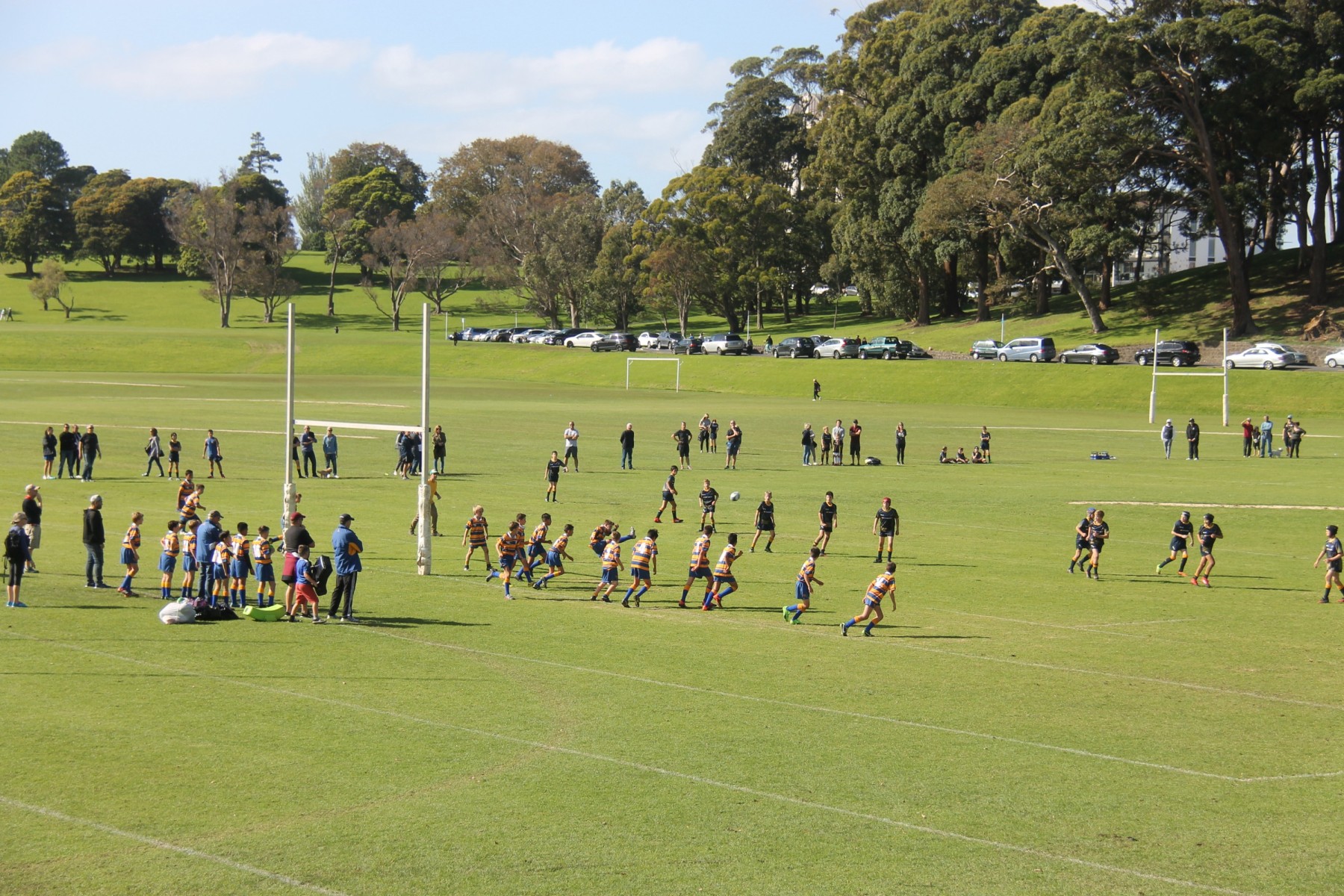
Local clubs were formed in nearly every small town in New Zealand. Rather than kicking around a soccer ball after school, young boys would throw a rugby ball. It’s a small but important difference that helped rugby become the only game worth playing for a long time.
During the First World War, rugby clubs suffered as many young men left to serve and returned home injured and unable to play. The focus of the NZRFU, formed in 1892, switched to encouraging school-aged children into the game.
Even today, rugby is a public school game in New Zealand. Contrast this with England, where rugby is mainly popular in private schools, and football is seen as more accessible and has strong working-class roots. New Zealand’s love of high school football began to flourish. With young men involved in club rugby locally and boys now forming a solid interest in the game in high school, New Zealand was never going to lack talent on the rugby pitch.
The All Blacks
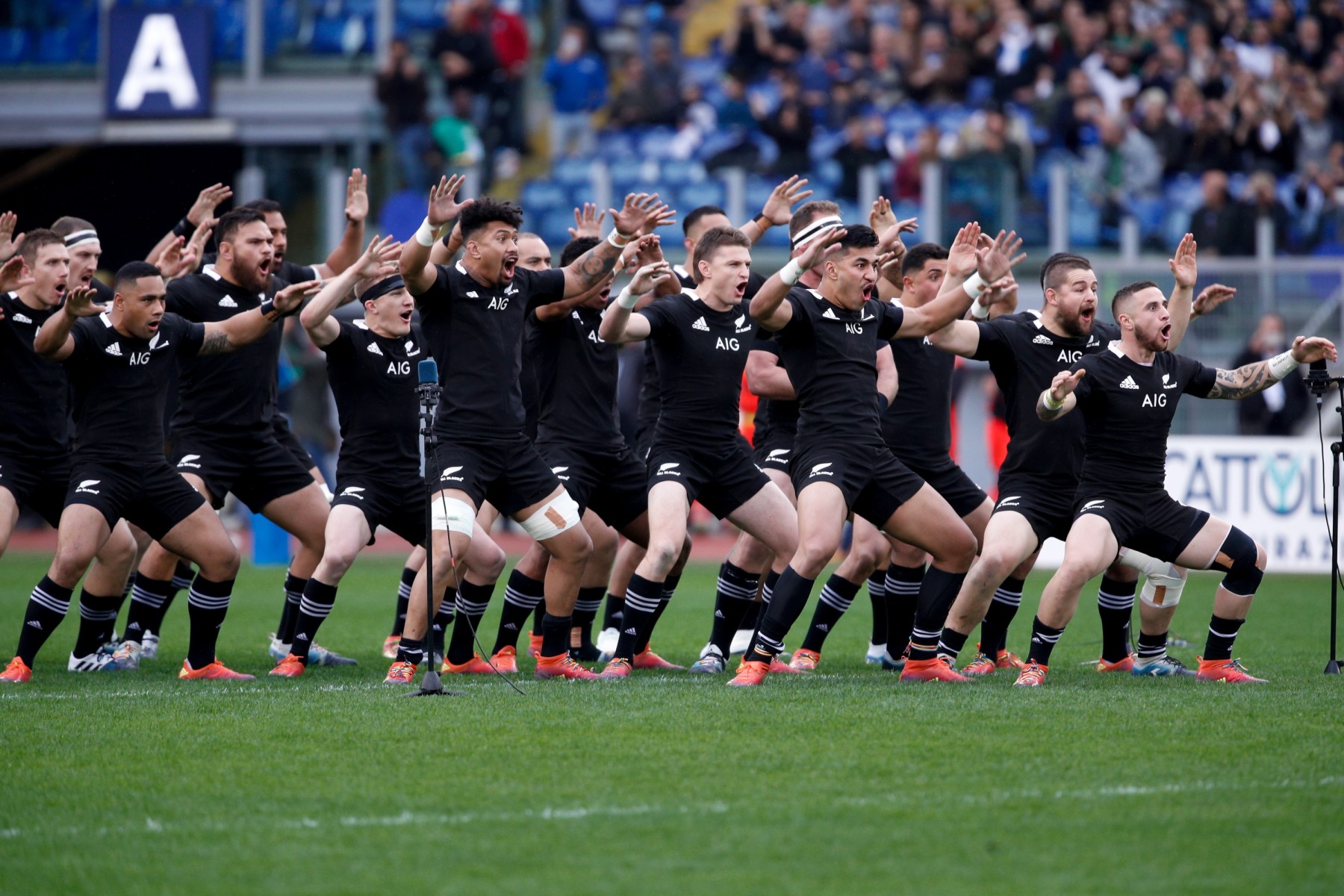
A New Zealand representative team toured Britain in 1905. This side was known as the “Originals” but during this tour, the name “All Blacks” emerged. On tour they played 35 matches and were defeated once by Wales, 3-0. Although they win, the British press criticised early rugby players from New Zealand for not playing with an amateur or gentlemanly spirit. The 1924 All Blacks side were dubbed “the Invincibles” after winning every game.
Today, the All Blacks have upheld this early reputation as a winning side. They have won three Rugby World Cups in 1987, 2011 and 2015, have a 77% winning record in test match rugby, and have more wins than losses against every opponent. The All Blacks have held the number one World Rugby Ranking for longer than all other teams combined.
Unlike other teams where one player might be considered the ‘star’ the All Blacks seem to differ in their focus on winning as a collective and their team-first ethos. Sports teams around the world have studied their approach to teamwork.
Māori influence on New Zealand rugby
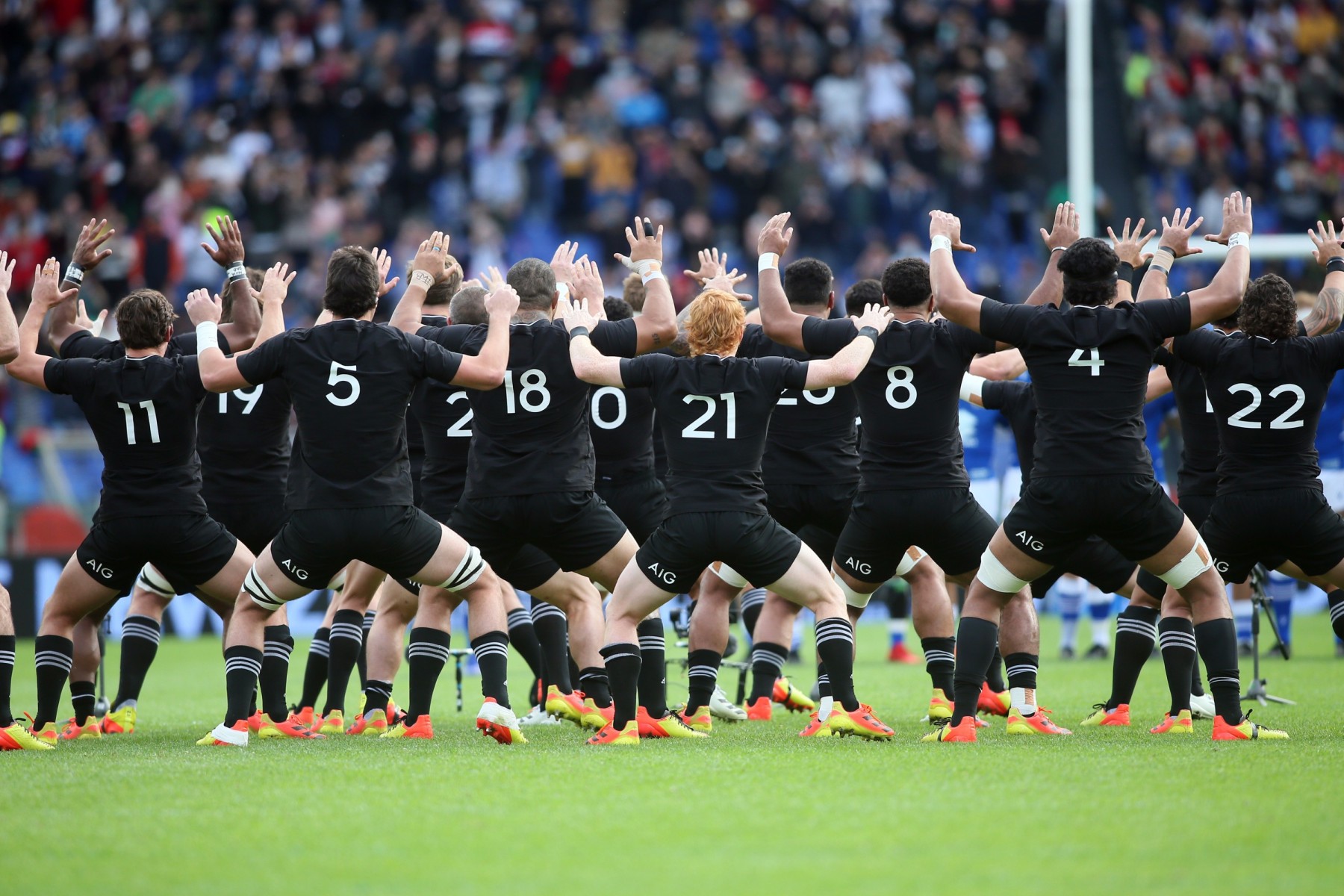
Māori players have always been involved in shaping the history of New Zealand rugby. The first ‘New Zealand native team’ was sent overseas to play Britain and Australia in 1888-89. On this tour, they performed the first haka before a game and were the first team to wear the famous black rugby strip.
Māori players brought their own flair for the game to the New Zealand team, and Māori teams were formed throughout New Zealand in the 1880s. Elsewhere Māori and Pākehā players played alongside one another on the same teams.
Early on, some of New Zealand’s most influential figures in rugby were Māori. In 1905, the All Blacks began using the Ka Mate haka before each international rugby match.
How the All Blacks have shaped New Zealand history
Rugby is more than just a sport in New Zealand. Some of our country’s most controversial moments have happened on the rugby pitch. Rugby has been integrated between Māori and Pākehā since rugby began in New Zealand. However, South Africa’s apartheid political regime prevented non-white players from playing the away series against the Springboks in 1949. The All Blacks did play, but this policy prevented several Māori players from touring.
In 1960 the All Blacks were due to tour South Africa again. This time public outcry against the apartheid policy was widespread, with several protests in New Zealand and 160,000 signatures against the tour. In the 1970s, the Springboks allowed some Māori players entry into South Africa to play.
In 1981 the Springboks were set to tour New Zealand despite widespread opposition. The tour saw one of New Zealand’s biggest protests, with people invading the pitch, pulling down fences and clashes between rugby fans and anti-racism demonstrators in Auckland, Hamilton, Christchurch and Wellington. The tour divided a nation into two pro-tour and anti-tour halves.
New Zealand rugby: More than just a sport

Rugby is more than just a sport and is an integral part of New Zealand culture. Rugby players, especially those representing the All Blacks, are admired and celebrated by most New Zealanders. Combined with appearances on mainstream television and promotional and advertising agreements between the All Blacks as a brand and its sponsors, All Black players sit somewhere between national celebrities, role models and heroes, so much so that many young New Zealanders aspire to follow in the footsteps of their favourite rugby stars.
Iconic All Black players
For over 100 years, the All Blacks have dominated international rugby. There are many stand-out players who have shaped the way the All Blacks play over the years.
George Nepia (1924-1930): Nepia, a fullback, was known for his exceptional skills, and he was part of the famous "Invincibles" tour of 1924-1925, where the All Blacks went undefeated against the British.
Don Clarke (1956-1964): Don Clarke, also known as "The Boot," was a legendary fullback and goal-kicker for the All Blacks. His accurate goal-kicking was a hallmark of his career.
Sir Colin Meads (1957-1971): Colin Meads, known as "Pinetree," was a legendary lock who played during the late 1950s through the early 1970s. He is often considered one of the greatest All Blacks of all time. He was named Player of the Century by the NZRFU Awards in 1999.
Sir John Kirwan (1984-1994): John Kirwan was a prominent All Blacks winger who played during the 1980s and early 1990s. He is famous for playing a major role in the All Blacks' unbeaten 23-test run from 1987 to 1990, which included winning the World Cup in 1987.
Sean Fitzpatrick (1986-1997): Sean Fitzpatrick's tenure with the All Blacks stretched from 1986 to 1997. He was known for his leadership and was crucial during the early 1990s.
Jonah Lomu (1994-2002): Jonah Lomu burst onto the international rugby scene in the mid-1990s and played for the All Blacks until 2002. His famous performance in the 1995 Rugby World Cup is etched in rugby history.
Richie McCaw (2001-2015): Richie McCaw had a long and illustrious career with the All Blacks, spanning from 2001 to 2015. He was the captain for much of that time and led the team to two Rugby World Cup victories in 2011 and 2015.
Dan Carter (2003-2015): Dan Carter represented the All Blacks from 2003 to 2015. He is often regarded as one of the best fly-halves in rugby history and was a key figure in New Zealand's success during both World Cup wins in 2011 and 2015.
Joe Rokocoko (2003-2010): Joe Rokocoko played for the All Blacks from 2003 to 2010, making himself a prolific try-scorer on the wing.
Beauden Barrett (2012-present): Beauden Barrett is a modern-day star representing the All Blacks from 2012 onwards.
Rugby timeline in New Zealand
-
The first official game of rugby took place in Nelson in 1870. Balls were made from inflated pig skin and naturally appeared oval.
-
The first New Zealand representative team toured NSW in 1884 and was unbeaten in all eight matches.
-
A New Zealand native team of mostly Māori players toured Britain and Australia in 1888-89 and was the first team to perform a haka and wear the black jersey.
-
The New Zealand Rugby Football Union was formed in 1892 to advocate and administer rugby union games at national levels.
-
The black playing strip was officially adopted in 1893 and selected the first officially sanctioned New Zealand team to play Australia.
-
A New Zealand representative team toured Britain in 1905. This side was known as the “Originals”, but the name “All Blacks” emerged during this tour.
-
The 1924 All Blacks side were dubbed “the Invincibles” after winning every game.
-
The 1981 Springbok tour divided a nation and saw several All Blacks v Springbok games cancelled.
-
The All Blacks perform a new haka Kapa o Pango which was controversial for using a gesture that could be interpreted as ‘throat slitting’ and lead to accusations that it would incite and encourage violence.
-
The All Blacks won their first Rugby World Cup in 1987. Then again in 2011 and 2015.
-
2015, the All Blacks have their longest winning streak of 18 test victories in a row.
What do our customers say?





For every (wise)move



